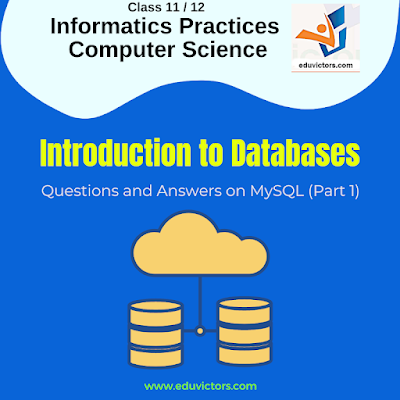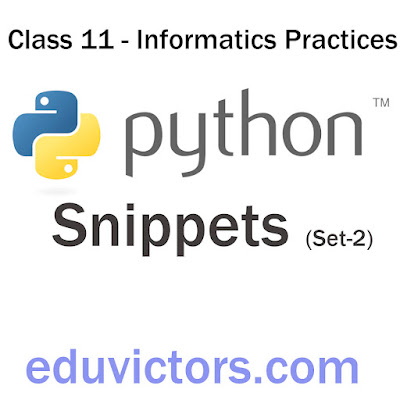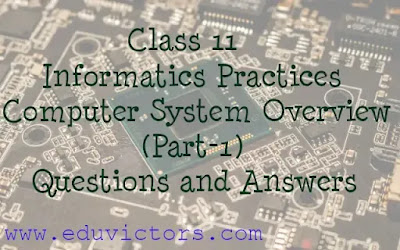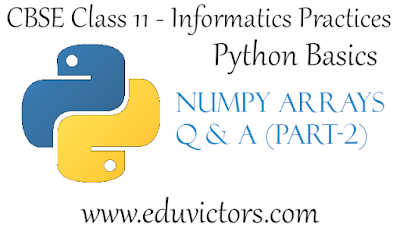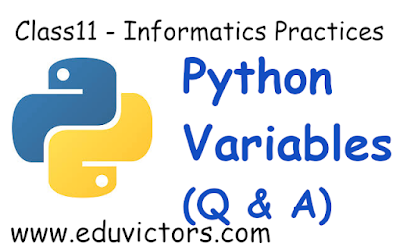Class 11 Informatics Practices -
Chapter 1: Computer System (Questions and Answers) - Part 2
Curious about how computers went from giant room-filling machines to the pocket-sized devices we use today? Wondering how these devices store all your information and programs? Look no further! This blog is your one-stop guide for Class XI students to explore the fascinating world of computers. We'll delve into the evolution of computers, unravel the mysteries of computer memory, decipher different memory units, and discover the two main types of memory that make your computer tick. Get ready to unlock the secrets behind the technology you use every day!
Q1. What is the name of the first binary programmable computer?
Answer: ENIAC (Electronic Numerical Integrator And Computer)

